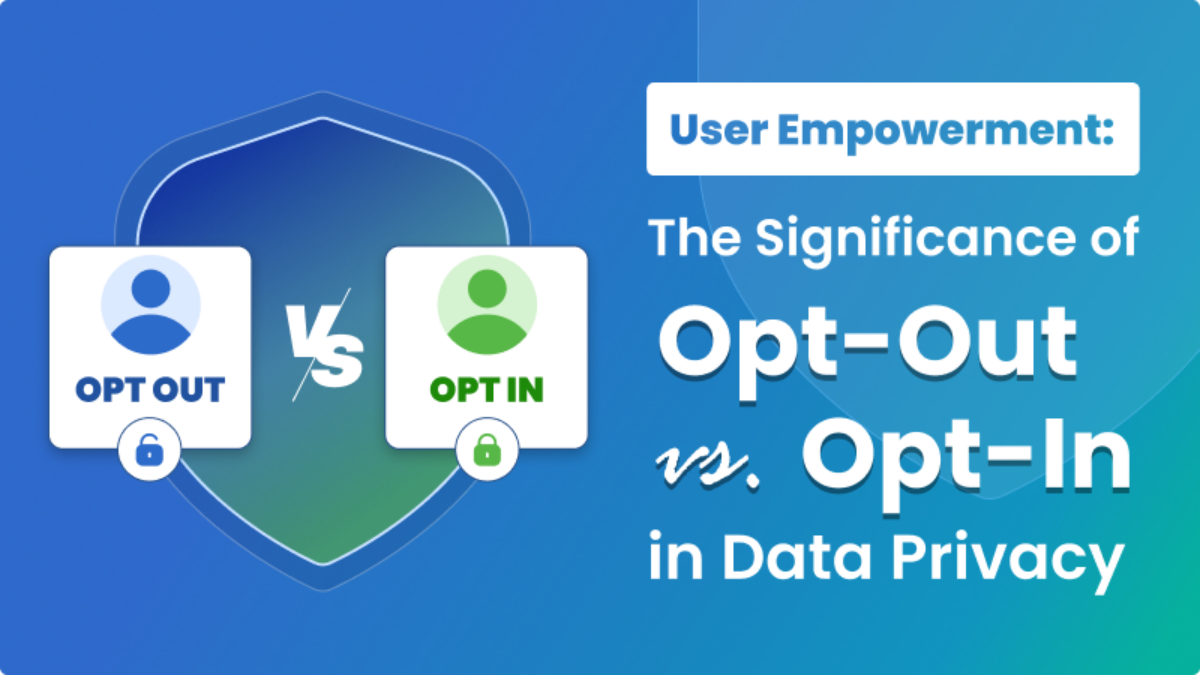Cross Border Data Transfer & Legal Framework

A Legal Framework For Data Protection
Before delving into the legal mechanisms governing international data transfers, it’s essential to understand the challenges and intricacies associated with cross-border data movement. Organizations must navigate a diverse landscape of regulations, varying from one jurisdiction to another, to ensure compliance with data protection laws.
Legal Mechanisms for International Data Transfers
Adequacy Decisions
Explanation of Adequacy Decisions
Adequacy decisions play a central role in determining whether a country’s data protection laws offer a level of protection equivalent to that of the EU GDPR data transfer. The European Commission assesses the adequacy of a third country’s legal framework, allowing for the lawful transfer of personal data without the need for additional safeguards.
Standard Contractual Clauses (SCCs)
Overview of SCCs
Standard Contractual Clauses are contractual agreements between data exporters and importers that set out specific safeguards for data protection during international transfers. Recognized by data protection authorities, SCCs provide a standardized and legal framework for ensuring the security and privacy of transferred data.
Binding Corporate Rules (BCRs)
Explanation of BCRs
Binding Corporate Rules are internal rules adopted by multinational companies to facilitate the transfer of personal data within the organization. BCRs must be approved by relevant data protection authorities and demonstrate a commitment to high data protection standards across the entire corporate group.
Codes of Conduct and Certification Mechanisms
Introduction to Codes of Conduct and Certification Mechanisms
Codes of conduct provide guidelines for compliance within specific industries, outlining best practices for data protection during international transfers. Certification mechanisms offer a formalized way for companies to demonstrate adherence to established data protection standards, providing a level of assurance to data subjects and regulatory bodies.
Data Transfer Impact Assessments
Risk Evaluation
Conducting Data Transfer Impact Assessments (TIAs) is a proactive approach to identifying and mitigating risks associated with international data transfers. Organizations can evaluate the potential impact on individuals’ privacy and implement necessary safeguards to ensure compliance with relevant regulations.
Key Regulatory Frameworks For Cross-Border Data Transfer
Understanding the regulatory landscape is crucial for global organizations engaged in international data transfers. Three key frameworks include:
- GDPR (General Data Protection Regulation)
The GDPR, enacted by the European Union (EU), sets a high standard for data protection. It applies extraterritorially, meaning that any organization handling the data of EU residents must comply with its provisions. GDPR emphasizes the principles of transparency, accountability, and the rights of data subjects.- Transfers within the EU:
The GDPR doesn’t impose extra requirements for personal data transfers within the EU. However, when a controller engages a processor, their relationship must be governed by an agreement meeting GDPR criteria. - Non-EU Data Transfer:
Personal data transfers to non-EU countries under GDPR involve specific considerations. Organizations must check for an adequacy decision by the EU Commission. If absent, additional guarantees through contractual agreements are necessary.- Adequacy Decision by EU Commission: The EU Commission assesses whether a non-EU country provides data protection safeguards equivalent to those in the EU.
- Transfers subject to Appropriate Safeguards: If there’s no adequacy decision, EU organizations should consider alternatives like Standard Contractual Clauses. The European Commission can adopt these clauses, ensuring sufficient safeguards for data protection when transferring personal data to a non-EU controller or processor.
- Transfers within the EU:
- Privacy Shield (U.S.-EU and U.S.-Swiss)
The Privacy Shield was a framework designed to facilitate data transfers between the EU and the United States. However, it was invalidated by the European Court of Justice in 2020 due to concerns about U.S. surveillance practices. As a result, organizations had to find alternative mechanisms for legal data transfers. - Standard Contractual Clauses (SCCs) and Binding Corporate Rules (BCRs)
SCCs are contractual agreements between data exporters and importers, providing certain safeguards for data protection. BCRs, on the other hand, are internal rules adopted by multinational companies to ensure the protection of personal data transferred within the organization.
Best Practices for Global Organizations
Navigating the complex landscape of international data transfers requires a strategic approach. Some best practices for global organizations include:
- Staying Informed: Regularly monitor changes in data protection laws across jurisdictions to ensure ongoing compliance.
- Legal Expertise: Seek guidance from legal experts familiar with international data protection regulations to navigate complex legal frameworks.
- Technological Solutions: Implement advanced encryption and secure data transfer protocols to enhance the security of cross-border data movements.
- Collaboration: Engage in industry collaborations and stay abreast of harmonization efforts to streamline international data transfer processes.
Conclusion
As organizations continue to expand globally, understanding and complying with the legal frameworks governing international data transfers is crucial. By leveraging legal mechanisms, conducting impact assessments, and adopting best practices, companies can navigate the complexities of cross-border data movement while safeguarding individuals’ privacy and ensuring compliance with global data protection standards.

















